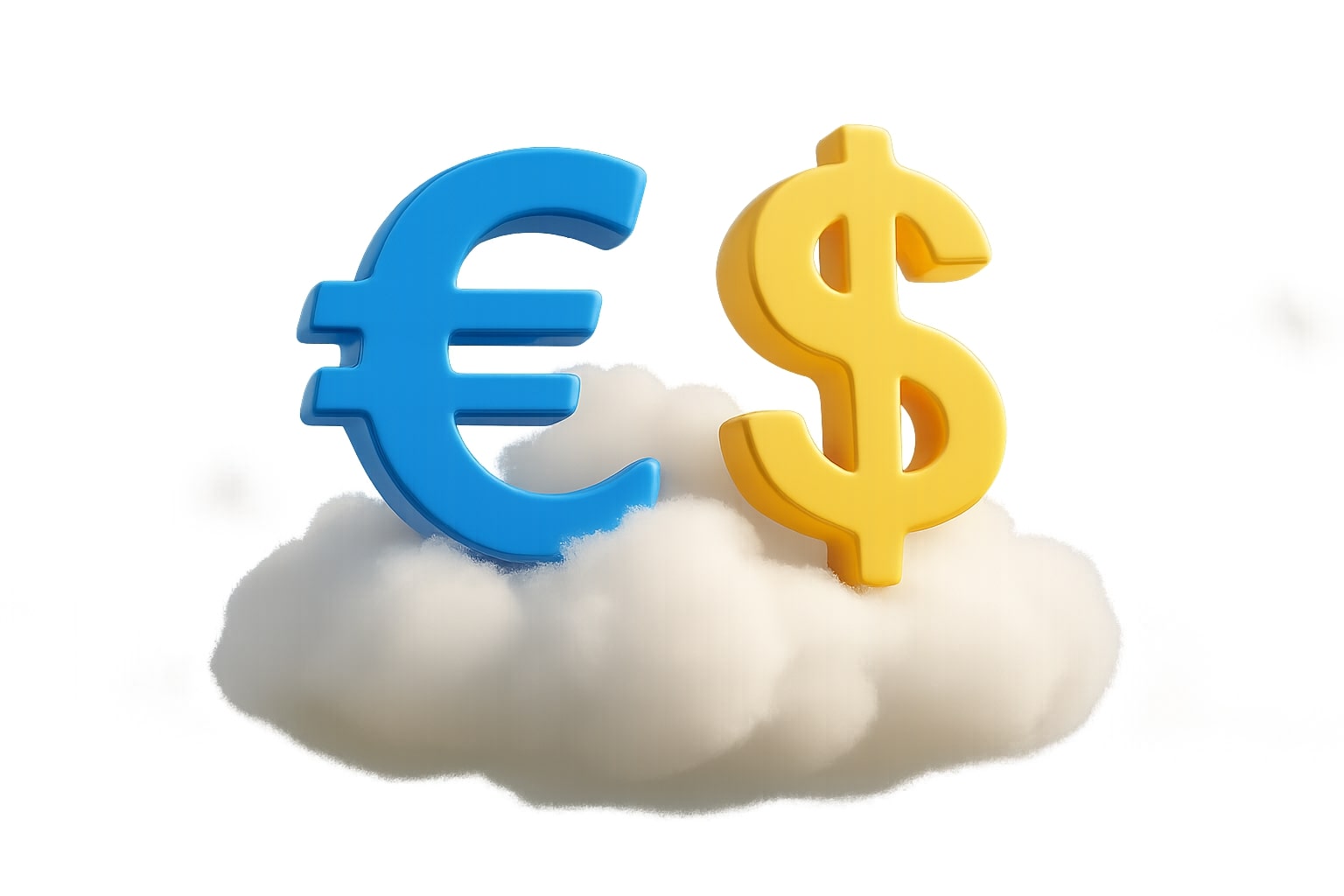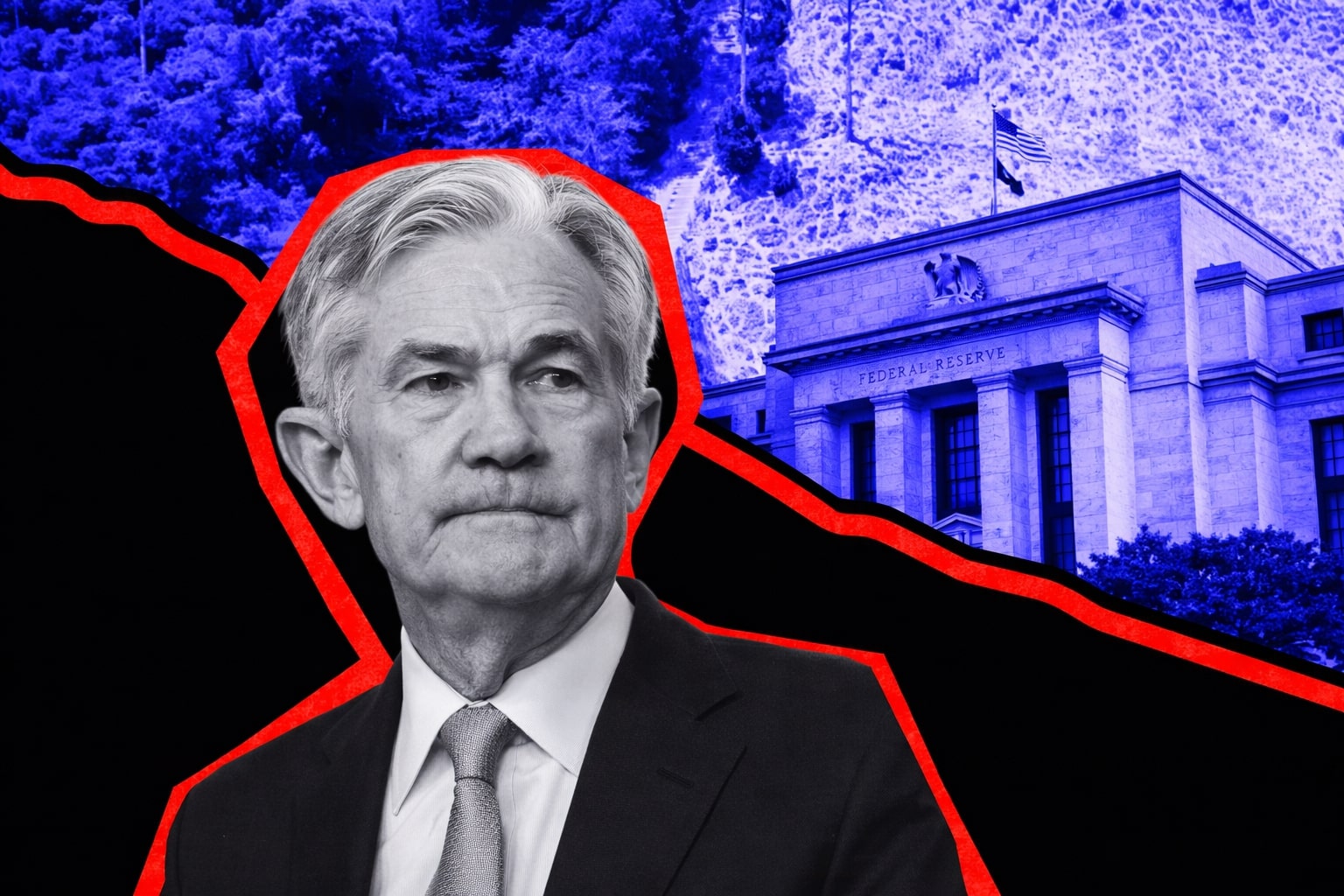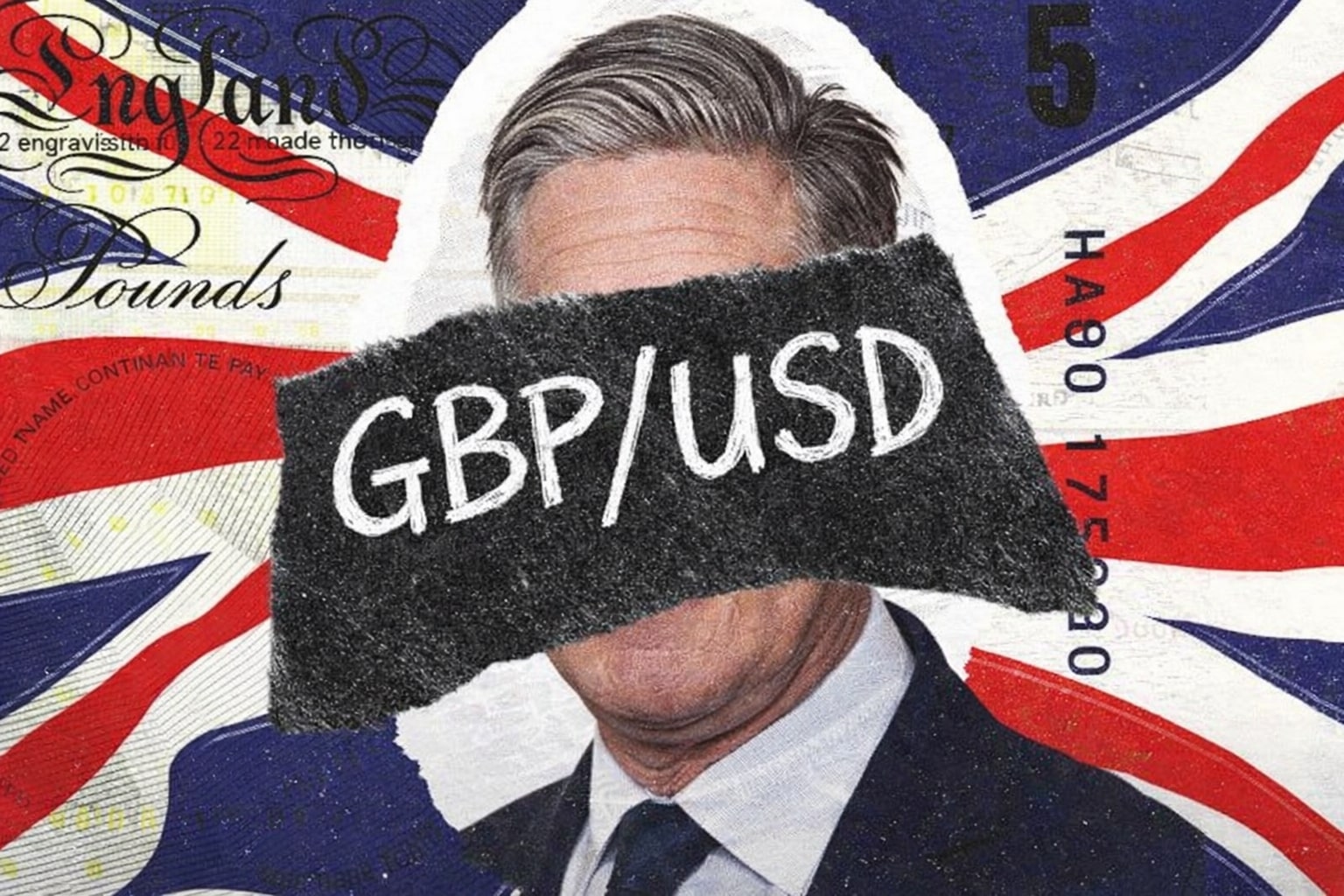
EUR/USD Sinks Below 1.1700 as Tariff Shock and Fed Uncertainty Drive Selloff
Euro Faces Heavy Pressure as Technical Breakdown Aligns with Trade Risk, ECB Inaction, and U.S. Dollar Strength | That's TradingNEWS
EUR/USD Slides Below 1.1700 as Tariff Shock and ECB Paralysis Undermine Euro Strength
The EUR/USD pair has plunged to 1.1648, posting a steep 0.79% daily loss, after a surprise U.S.-EU trade deal introduced a 15% tariff on most European exports to the United States. Initially hailed as a breakthrough to avert a harsher 30% tariff, the agreement quickly turned negative for the euro, triggering capital outflows and damaging the eurozone’s growth prospects. The news positioned the euro as the second-worst performing G10 currency of the day. Analysts note that the deal's investment provision may draw liquidity away from European markets, reinforcing the dollar’s strength.
ECB Policy Vacuum and Weak Growth Outlook Fuel Structural Headwinds in EUR/USD
The European Central Bank’s shift from dovish to neutral is colliding with a worsening macroeconomic landscape. Euro area inflation remains soft while industrial activity and sentiment continue to sag. Traders are increasingly skeptical of the ECB’s ability to counter external trade shocks, especially with limited policy tools remaining. As ECB officials stall on future guidance, the uncertainty is amplifying volatility in EUR/USD. A break below the 1.1573 April high, which acts as medium-term bullish invalidation, would mark a broader technical reversal and suggest deeper structural weakness.
Technical Breakdown Escalates as EUR/USD Breaches Support Zones
Technically, EUR/USD has broken below both the 1.1701 key support and the 30-period simple moving average on the 4-hour chart. The RSI dipped below 50, confirming growing bearish sentiment. The pair is now challenging the lower bound of its ascending channel, with downside risk toward 1.1600, and further to 1.1561 (50-day EMA) and 1.1356 (100-day EMA) if the 1.1640 level fails to hold. Even the 1.1200–1.1350 zone is now back in focus, previously serving as a major demand region. Failure to reclaim 1.1701 soon would likely confirm a new downtrend marked by lower highs and lower lows.
U.S. Dollar Index (DXY) Holds Support, Weighing on EUR/USD Recovery Attempts
The broader U.S. Dollar Index (DXY) remains resilient, trading just above multi-year trendline support around 96.94–98.52. Any sustained move above 99.58 could invalidate the broader bearish structure and exert more pressure on EUR/USD. While the dollar remains vulnerable to data surprises, its safe-haven status and relative yield advantage continue to attract capital amid global trade and growth concerns. That narrative favors further weakness in EUR-denominated assets if momentum holds.
Sentiment Reversal Fueled by U.S. Trade Diplomacy and Fed Uncertainty
Market mood shifted rapidly after U.S. President Trump secured multiple trade victories—first with the EU, followed by Japan and then initiating talks with China. These actions lifted the dollar and undercut demand for safe-haven assets like gold and the euro. Simultaneously, the looming FOMC policy meeting and Friday’s nonfarm payrolls (NFP) report have amplified macro uncertainty. Traders are now betting that the Fed will hold rates at 4.25%–4.50%, curbing expectations for a dovish pivot. Any surprise hawkish tone from the Fed would further pressure EUR/USD, possibly accelerating downside below the March trendline.
Macro-Fundamental Imbalance Threatens EUR/USD Stability Into August
Aside from technicals and tariffs, the broader macro-fundamental setup remains unfavorable for the euro. Capital is flowing into U.S. equities and fixed income at a pace unmatched by the eurozone. While the euro has tried to maintain structure within its rising channel, fundamentals suggest that even a technical bounce will be short-lived unless euro area data significantly improves. The 200-day EMA at 1.1132 is increasingly viewed as the long-term magnet for price if policy gaps persist between the Fed and the ECB. With the euro struggling to defend its channel base and trade balance weakening, further depreciation in EUR/USD is becoming more likely.
Verdict: EUR/USD is a SELL as Bearish Momentum Builds and Catalysts Align Against Euro Strength
Given the alignment of deteriorating technicals, trade-induced macro shocks, and central bank divergence, EUR/USD offers limited upside in the near term. Only a significant dovish surprise from the Fed or sudden eurozone policy stimulus could reverse the current downtrend. With a clean breach below 1.1701 and multiple bearish signals across all timeframes, the setup increasingly favors short positioning. Traders targeting 1.1560, 1.1350, or even 1.1200 in coming weeks appear to be trading with the momentum. The bias remains bearish unless the euro reclaims 1.1700 with conviction and volume.
That's TradingNEWS
Read More
-
UCO ETF Price Forecast: Can NYSEARCA:UCO at $18.57 Ride a 2026 Oil Squeeze?
18.12.2025 · TradingNEWS ArchiveStocks
-
XRPI at $10.50 and XRPR at $14.93 Hit XRP ETF Lows While XRP-USD Holds $1.84 After 30 Days of Inflows
18.12.2025 · TradingNEWS ArchiveCrypto
-
Natural Gas Price Forecast: Henry Hub Holds Around $4 as EIA Draw Hits 167 Bcf
18.12.2025 · TradingNEWS ArchiveCommodities
-
USD/JPY Price Forecast: Pair Holds Above 155 As BoJ And US CPI Set Up A Major Break
18.12.2025 · TradingNEWS ArchiveForex



















